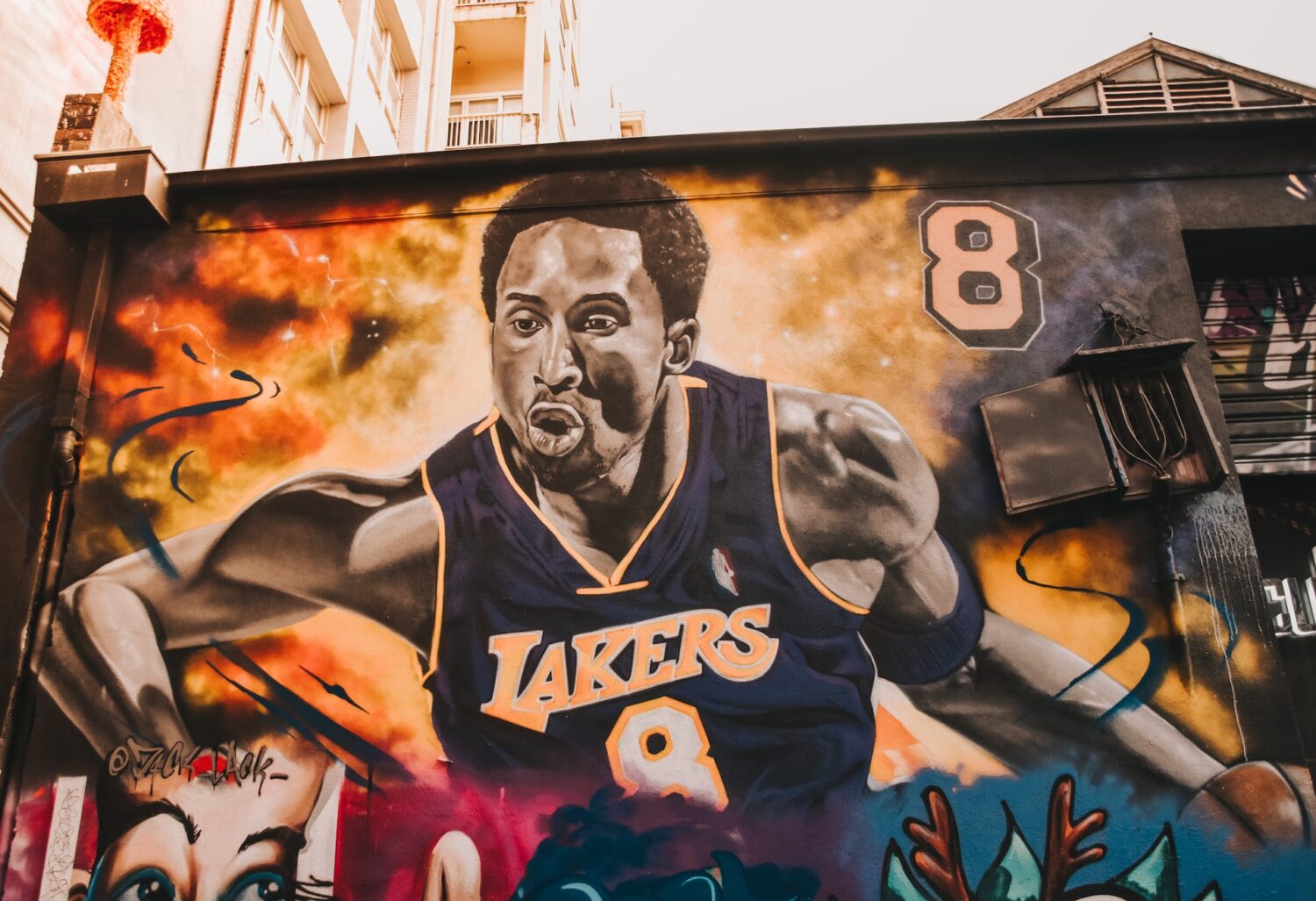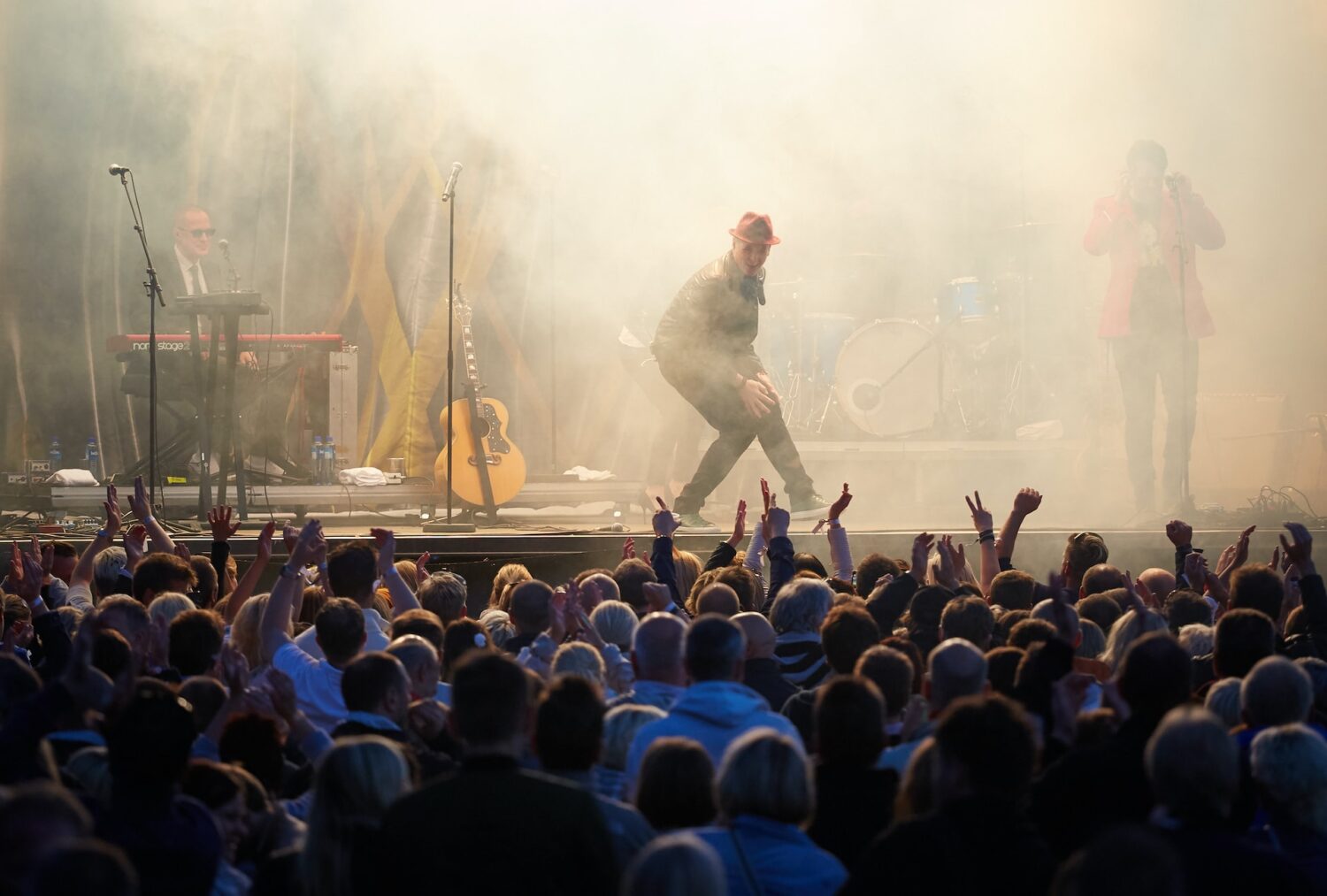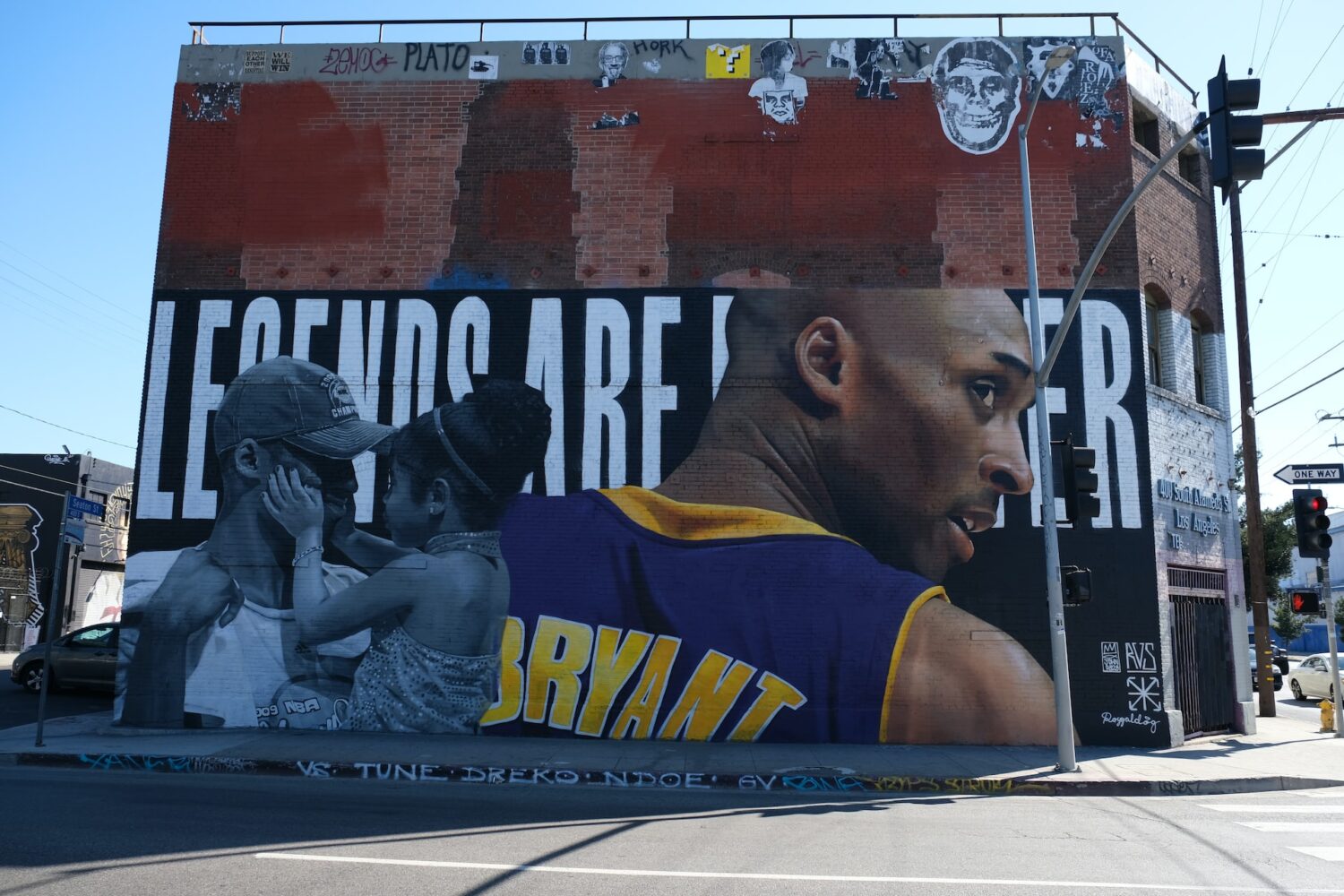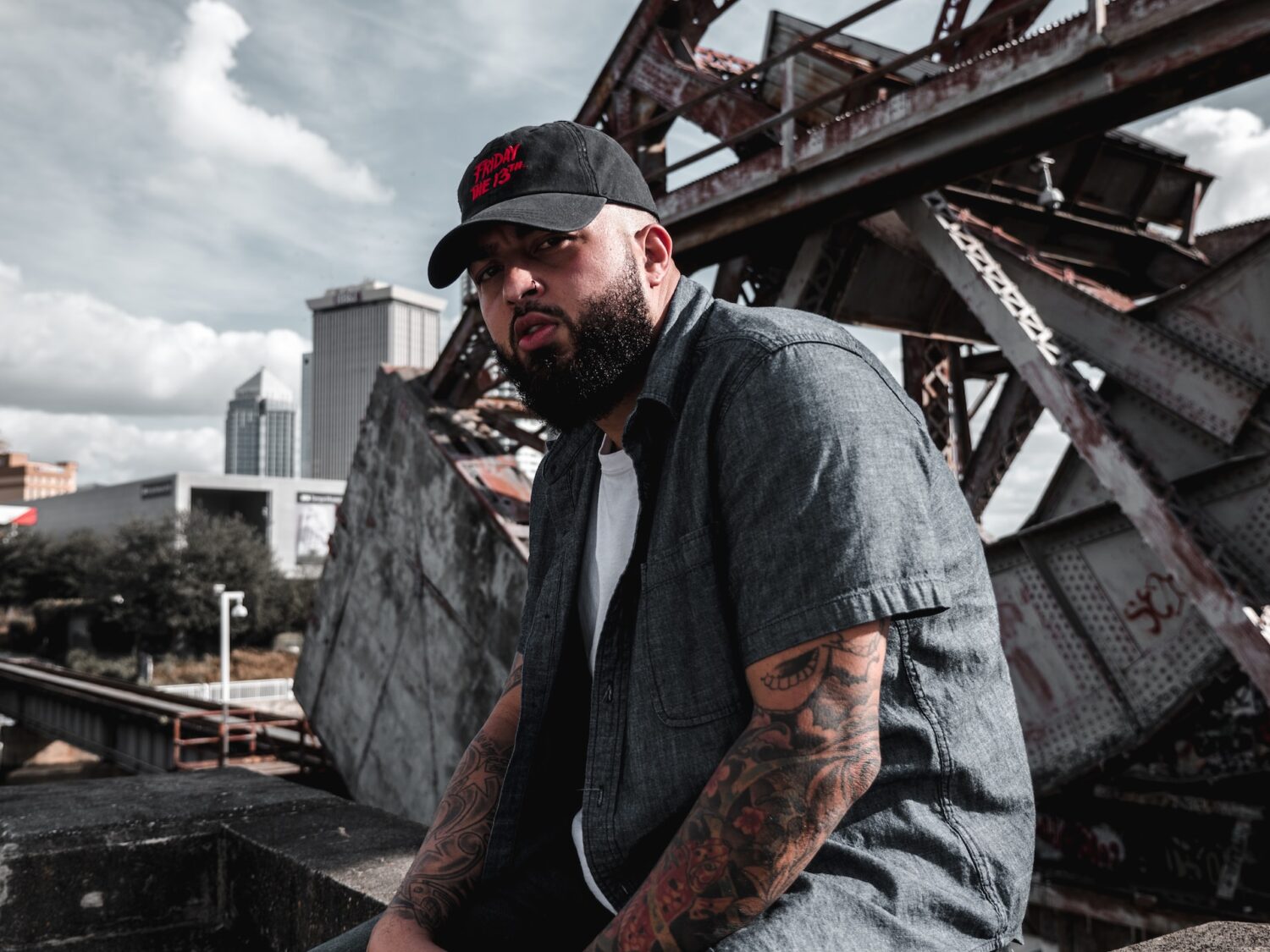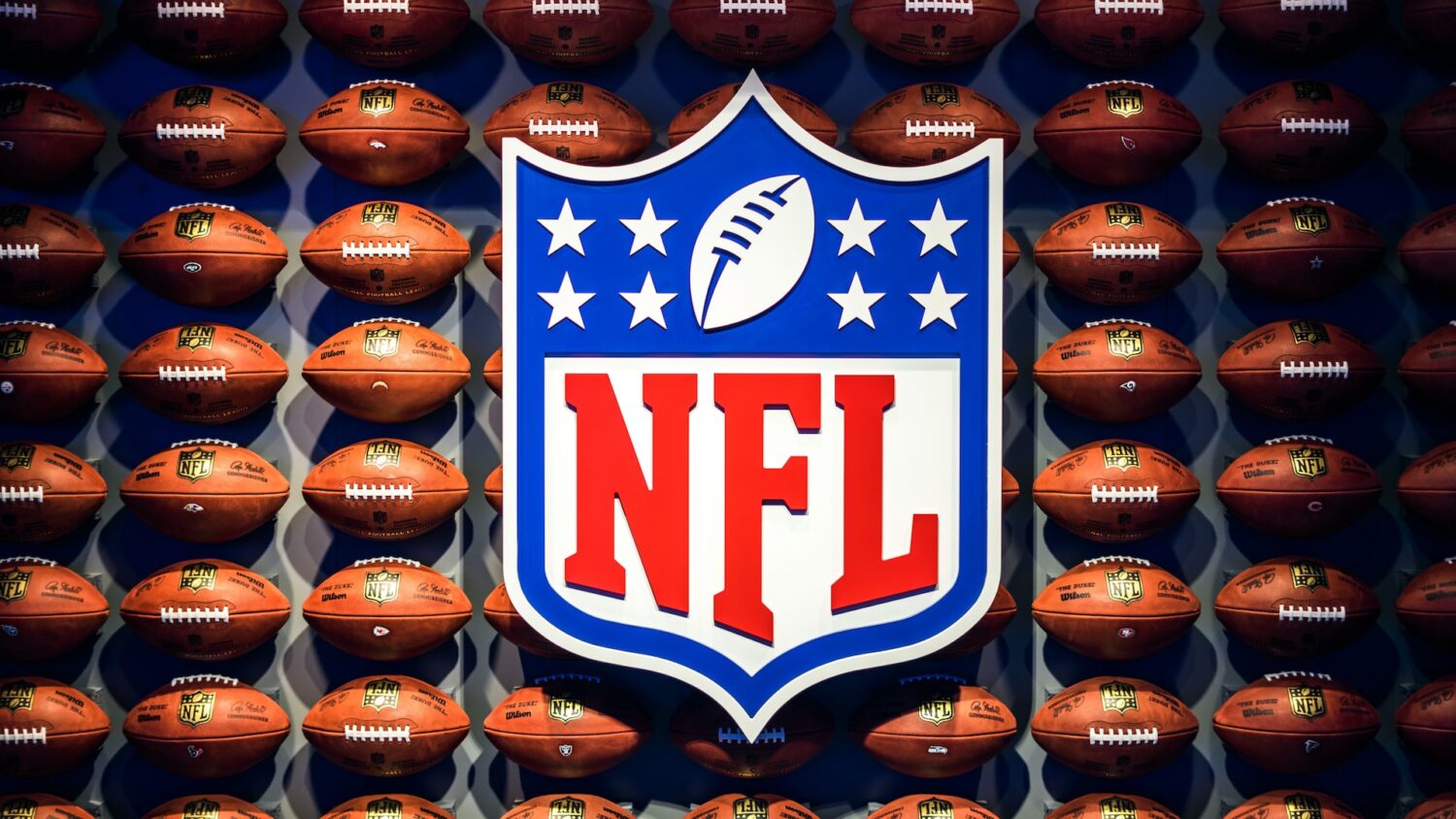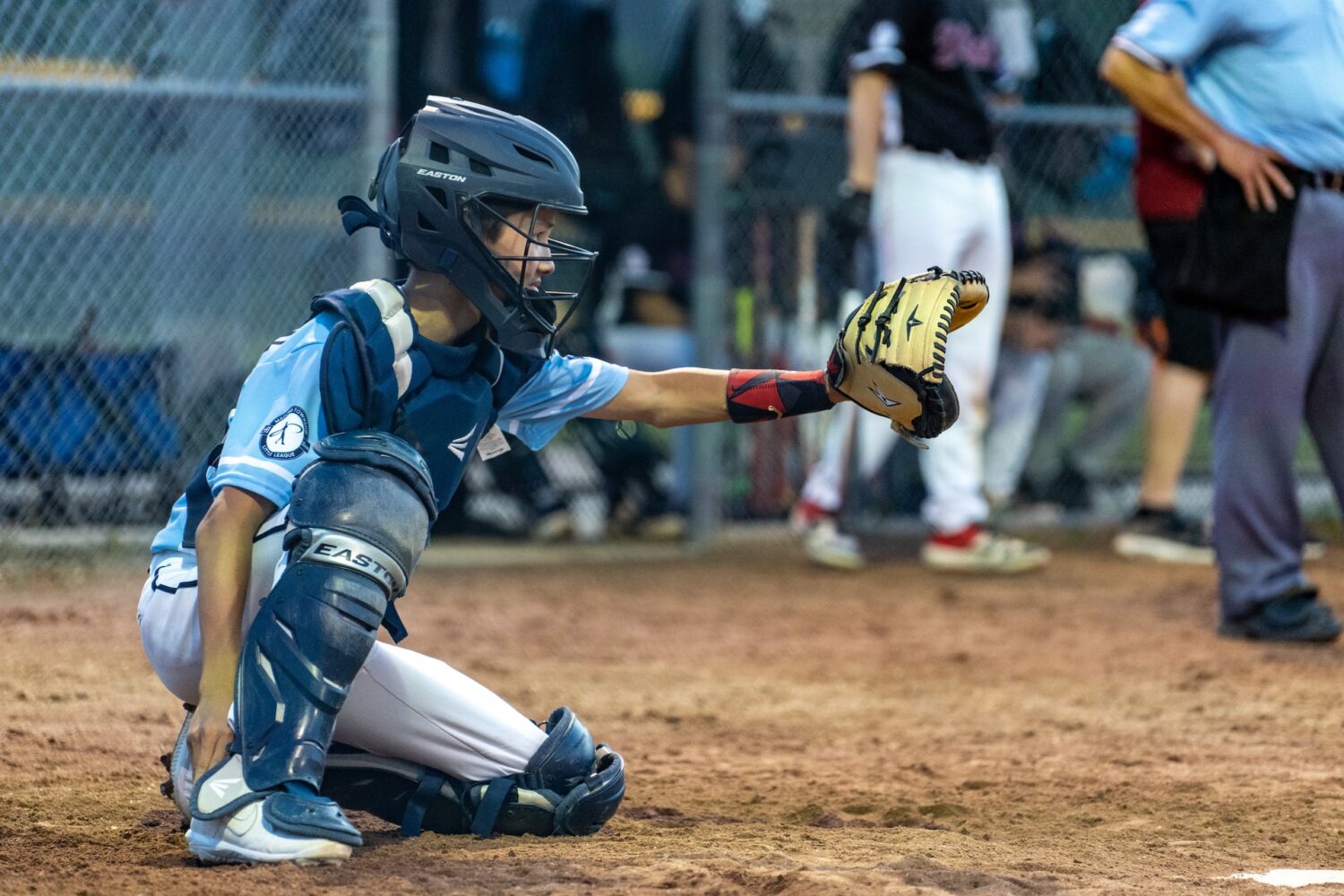There are certain names that will forever go down in NBA basketball history. Michael Jordan comes to mind as the greatest of all-time. Kobe Bryant and LeBron James are more recent examples. Steph Curry, while only 30, probably deserves a mention in this context.
But very few players actually changed not just how the game is played, but the literal rules of the game. These are their stories.
Trent Tucker – the ‘Trent Tucker rule’
Starting us off is the clearest example of an NBA doing something to get a rule changed – the rule is even named after him! Tucker spent nine of his eleven years in the league with the New York Knicks, and had the distinction of being one of the Association’s first three-point marksmen. He even represented the Knicks in the first ever Three-point Shootout.
Despite the fact he won a championship with Jordan’s Chicago Bulls in his final season, his career will forever be remembered mostly for one moment. In a Knicks game against those same Bulls taking place on January 15, 1990, with the score tied at 106 and one-tenth of a second remaining on the clock, it was Knicks ball.
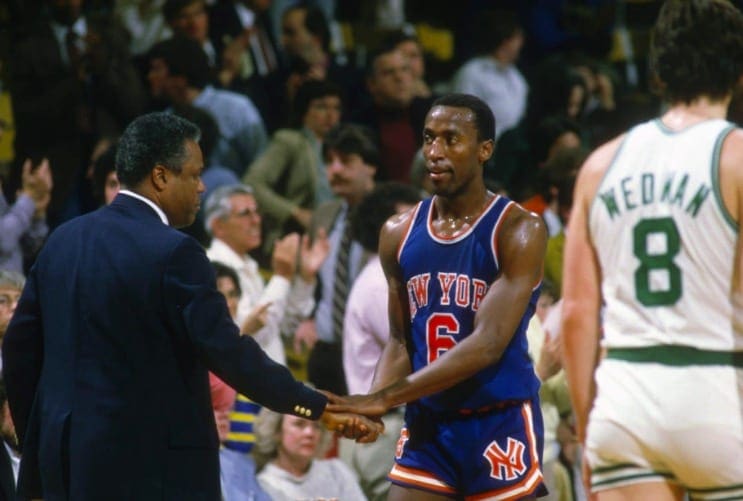
On the inbounds play, Mark Jackson saw Tucker was the only player open, and passed to him. He proceeded to catch the ball, turn around, and hit a three-point shot just before the buzzer, giving the Knicks the win.
First-year Bulls coach Phil Jackson complained, loudly, and even though he was turned away, the league still changed the rules. Today, at least three-tenths of a second need to be on the lock for a shot to count. Inside of three-tenths, only a tip-in or a lob can count as a basket.
Reggie Miller – the ‘Reggie Miller rule’
The greatest player in the Indiana Pacers’ history, Miller was a Knicks killer and loved nothing more than to stick the dagger in the New York team – and then turn to Spike Lee and motion that his boys were choking.
He’s not on this list for his etiquette, however, but for his tendency to kick out his legs when he shot his deadly jump shots. This rule, funnily enough, was instated long after Miller was retired, but it was named after him all the same because he was perhaps the most egregious and consistent offender.
The rule says that jump shooters who blatantly kick out their legs when they shoot to initiate contact with the defender, and hopefully draw a foul and get an “and 1,” will be called for an offensive violation.

Shaquille O’Neal – the no ‘hack-a-Shaq’ rule
Shaq really was Superman. Throughout his 19-year NBA career, he was pretty much unstoppable. He wasn’t a particularly versatile player, but the things he could do – he did better than anyone else in the league.
Except shoot free throws. The “hack-a-Shaq” was first invented – and utilized – by coach Don Nelson when he coached the Dallas Mavericks, but it later spread to pretty much all of the teams playing against him.
The idea was to intentionally foul the big man, even away from the ball, to send him to the line. Since he couldn’t shoot free throws to save his life, it was a low-risk strategy of getting the ball back without too much fuss.
It’s patently unfair, and even though Shaq didn’t play long enough to see it banned, the league did throw the book against it before the 2017 season. Any foul now committed in the last two minutes of any period – even the first quarter – will give the fouled team one free throw but also possession of the ball, making it pointless to intentionally foul
Allen Iverson – the dress code
For years and years, the NBA maintained a squeaky clean image in trying to appeal to the broadest possible fanbase. Then came Allen Iverson. He will be remembered for a lot of things – he was the shortest player to ever win the MVP, for instance, and crossed over and scored on Michael Jordan in his rookie season.
But he also changed the NBA’s culture. It was so long ago that we might take it for granted now, but Iverson was the first player to really popularize hip-hop swagger in the Association. With his cornrows, tattoos, jewelry and arm sleeves, he became a style icon that countless players after him emulated.
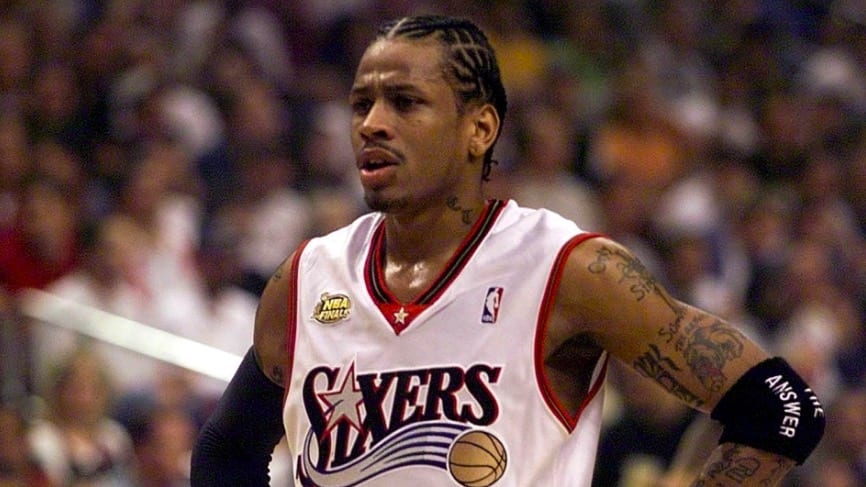
The NBA didn’t like this development, and so in 2005 – while he was still around – instated a dress code – the first pro league to do so. Players were now mandated to wear “business casual attire” both before and after games.
The move had many critics, not least of whom was Iverson himself, who famously said, “Just because you put a guy in a tuxedo doesn’t make him a good guy.”




